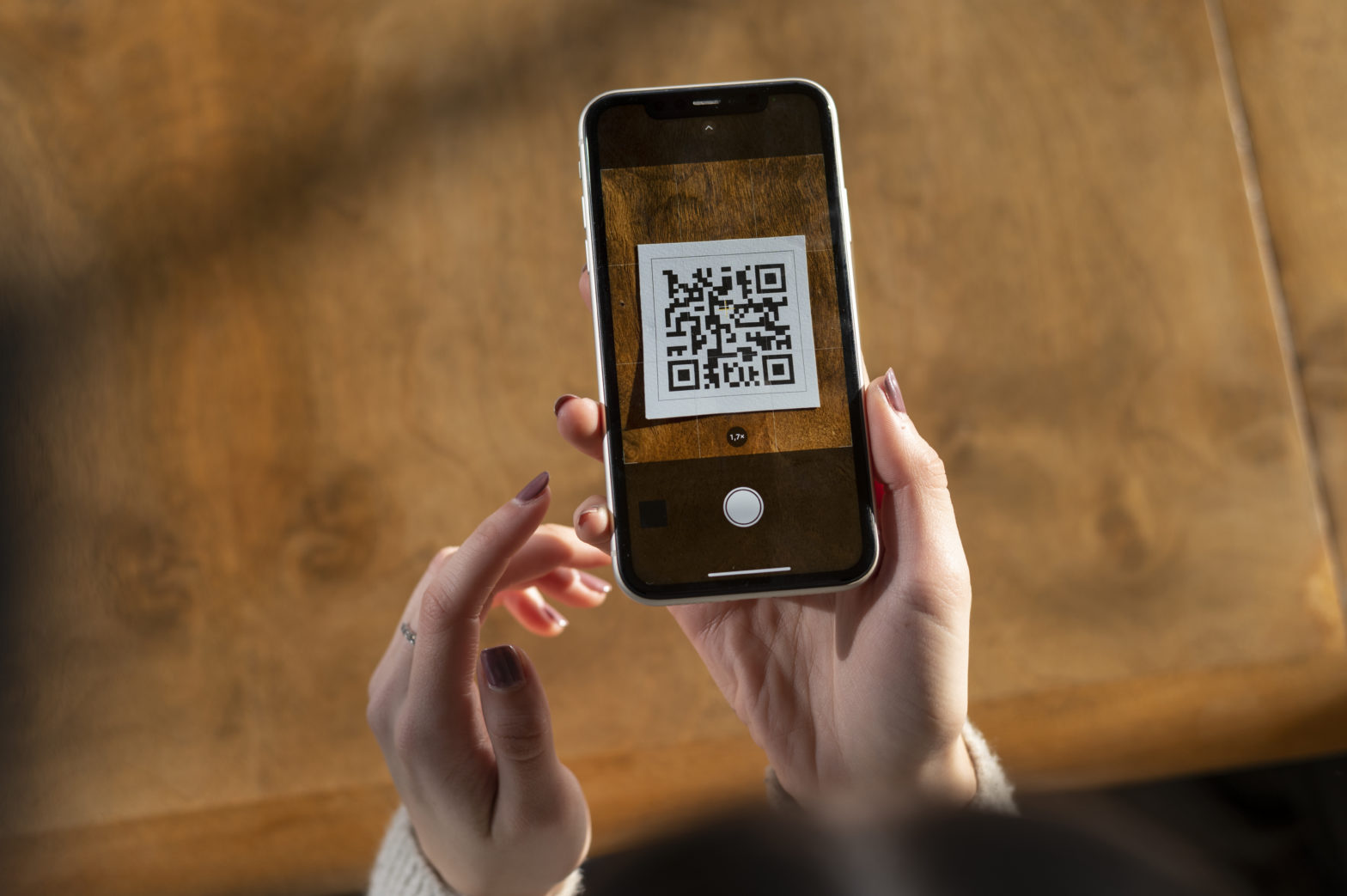Streaming services' rapid rise in popularity paired with the introduction of Smart TVs indicate that more consumers than ever are watching TV. Yet, according to TVision Insights 29 percent of eyeballs in the living room aren't actually looking at the screen when an ad break begins. Begging the question: Are viewers even watching the TV ads that advertisers have invested thousands to produce?
With consumer attention being pulled in a hundred different directions these days, the need for creativity and innovation will play a critical role in the way advertisers think about how they earn the attention of their target audience so that they even notice their ad, let alone do something. So, how can advertisers take their ads to the next level? One answer is by leveraging creative technology to amplify their presence and elevate the performance they see.
Engaging Your Audience
As most advertisers know, the first priority is relevance, research shows that 79 percent of viewers take out their phone during commercial breaks and 73 percent of the respondents said they would feel more inclined to pay attention to the ads if they were better targeted to their personal interests.
Once engaged mentally, this begs the next question of how to engage them physically. Given the fact that the vast majority of viewers already have a phone in their hands, QR codes are a logical solution, but the true challenge is: Can an ad that follows the traditional format be enough?
While Coinbase offered no incentive, their execution of QR should be looked at as the exception and not the rule. Because of this, brands should not bank on replicating Coinbase's successful approach, but instead need to take a more pragmatic approach that solves more "real" problems.
Instead, by merging their traditional ad format with the additional engagement techniques that creative technology has to offer brands' have the power not only to stand out in a crowded CTV environment but to offer their viewer the vital missing ingredient: an incentive. For example, brands can tap into the power of "native ad extensions" or creative add-ons that seamlessly fit with the content being viewed – to draw audiences' eyes back to the TV for your ad and present them with a truly personal message - and call to action.
While it may seem challenging, the reality is, TV ad engagement can be increased 10-fold with the right enhancements. A recent report found that with creative add-ons like native ad extensions, advertisers can deliver ads that are just as engaging as TV content (46.3 percent), increasing engagement from 44.2 percent to 46.1 percent.
Pairing a traditional ad with a native "extension" allows advertisers to grab viewers' attention. How? Native ad extensions fit seamlessly into a commercial break to bring a viewer's eyes back to the TV and engage them in active thought and ultimately prime them to learn more about a certain topic or theme. Research has shown that traditional TV ads paired with a native extension saw 97 percent visual attention whereas traditional ads without an extension only saw 91 percent visual attention.
Whether it's QR codes or a native "extension," it's important now more than ever for advertisers to discover creative ways to integrate technology in their ads. Here's how they can accomplish it.
The Future of Creative Advertising
There are some key elements to focus on when incorporating creative technology into advertising campaigns to keep viewers engaged including attention, emotion, cognitive load and arousal. Traditional TV ads resulted in 68 percent of viewers retaining information while ads paired with native ad extensions saw a 76 percent retention rate.
This means advertisers looking to elevate their ads must ask themselves: does the ad catch the viewer's attention? Does it elicit an emotional reaction to increase engagement? Are viewers able to easily process the information being presented? And, do viewers find your ad to be mentally stimulating?
For advertisers to create ads that truly speak to their audience, advertisers need to recognize the difference between "relevant" and "personalized" to ensure that they are creating ads that fit each individual viewer. By doing this, advertisers are able to focus on what their viewers are interested in and in turn viewers can actively engage in the ad.
The future of CTV advertising will offer brands a degree of agility so acute that their message can literally change with the weather. The success of advertising depends on the quality and creativity of the message rather than the money spent.
QR codes along with other creative technology such as native ad extensions can help define brands' ability to stand out and engage viewers. As CTV continues to grow to the next level, consumer ad experience is more important than ever before, meaning brands should aim to embrace increasing creative advertising techniques that offer a similar level of engagement and agility. By prioritizing innovation and creativity, advertisers can sleep better at night knowing they are creating ads that are enticing, capture viewers' attention, and deliver the best possible ad experience.
Source: ana.net

